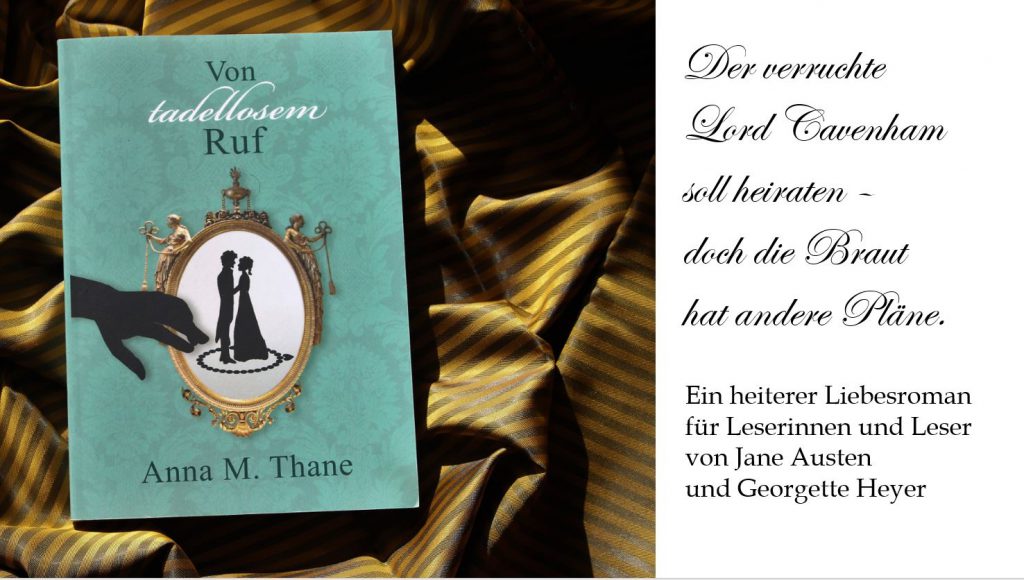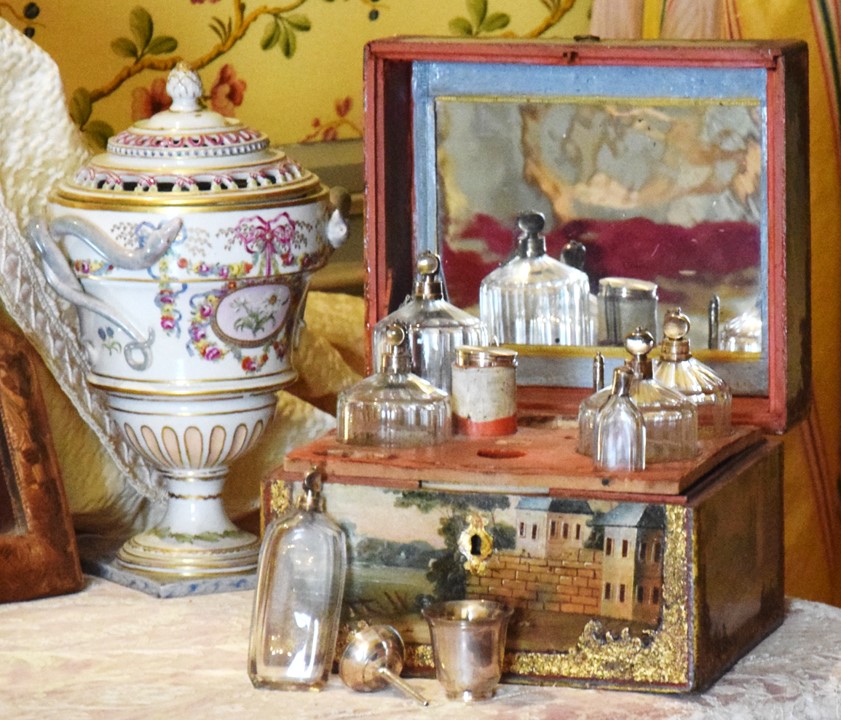
France, center of fashion for all matters of beautiful living! In the 1. half of the 18th century, the court indulges in heavy scents. Perfume is a fashion statement as well as a necessity: scents are used to protect oneself from bad, contagious smells, and they are also a symbol of social power. But progress in medical knowledge leads to a new view on scents, and with this, new fragrances become fashionable. This so-called olfactory revolution is eagerly adopted by British noblemen and -women on their Grand Tour of the Continent …
How the fashion of scents changed in the 18th century
In the first half of the 18th century, animal notes of musk, civet and amber were preferred scents for perfumes. These scents were believed to have medical properties, i.e. to protect from contagious bad smells. Additionally, odours were believed to be nutritious. Scents were thus also selected for their health aspect. But from around 1770, animal notes went out of fashion. The new scents were fresh and floral. There are several reasons for this:
- early nineteenth century medical writers no longer believed that scents were nutritious and that odours had medical powers. Still, the social power of scent was highly significant
- Fashion influencer Marie Antoinette, Queen of France, loved the smell of roses, violets, lilies and carnations. Aristocrats on the Contingent and in Britain followed her lead
- the East India Company imported new raw materials that enriched the palettes of the perfumers
- an improvement in the technic of extracting a fragrance from a flower allowed to use fragile blossoms for perfumes. Previously, these blossoms had suffered too much when being distilled.
- Additionally, even delicate scents could now be kept for up to two years. This meant that the creation of perfumes became independent from the seasons.
New trends and scents became popular in France under empress Joséphine. She encouraged the production of soap in France, loved bathes with rose water and cognac, and brought exotic scents such as vanilla, cinnamon and cloves into fashion. Musk saw a revival.
The impact of the bath: perfume becomes inconspicuous
Bathing as we know it today was uncommon in the first half of the 18th century. Legend has it that Louis XIV only took three baths in his entire life. The idea of cleanliness was not associated with bathing, but with washing the hands and face with water, wearing clean linen underwear and sleeping in clean bed-linen. In the late 18th century, the idea that frequent bathing led to better health slowly became popular.
The daily bath was first adopted by the rich, wealthy and fashionable. The British metal bath tube became an appreciated accessory in their homes. During the French Empire, perfumers created numerous scents for the aromatic bath. Sweet almonds, cherry water, distilled honey water, rose water and melon water were especially popular.
When perfumes were no longer needed to keep away evil smells, the use of strong perfumes was increasingly condemned. It was even considered an affront to codes of politeness. Instead, people embraced the idea that scent was a fleeting, seductive moment. Using perfume was also a way to expressed refinement and to reveal one’s soul by creating an individual scent.
The impact of the glassmaker: the fashion of the tasteful perfume bottle
Perfumes or scented pomades were usually created individually at home, using a so-called perfume cellar. It contained bottles of fragrances that were used to mix new perfumes.
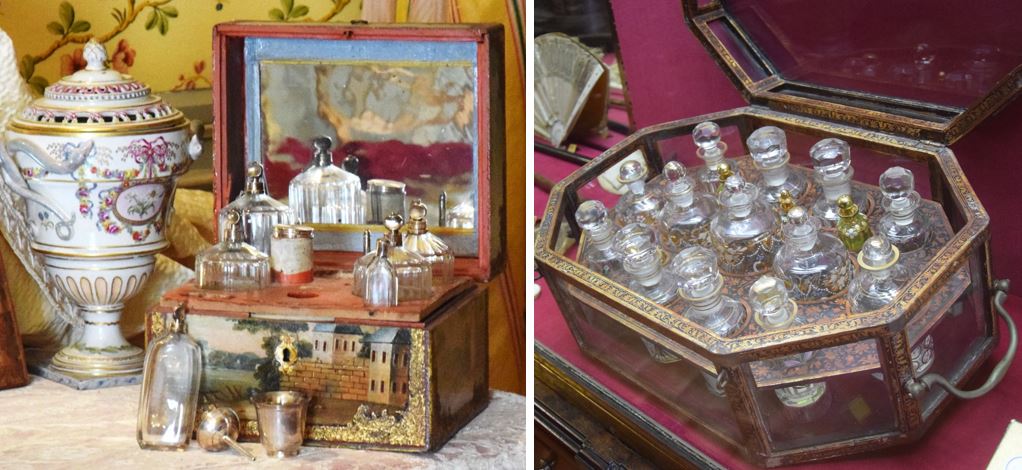
A lady or a dandy could prove his or her refined taste by creating a fine scent, and also by selecting matching bottles made of porcelain or crystal. Thus, perfume bottles became a business branch for glassmakers and porcelain-makers. English lead glass, produced in special furnaces, became popular throughout Europe. Owing to its relatively soft properties it was well suited to the new taste for wheel-cut glass decoration.
The creative minds of glass- and porcelain workers came up with new shapes, designs and luxurious mountings for perfume bottles. Their demanding clientele was happy to express their elegance by using them.
I have compiled a selection of photos of perfume bottles for you:
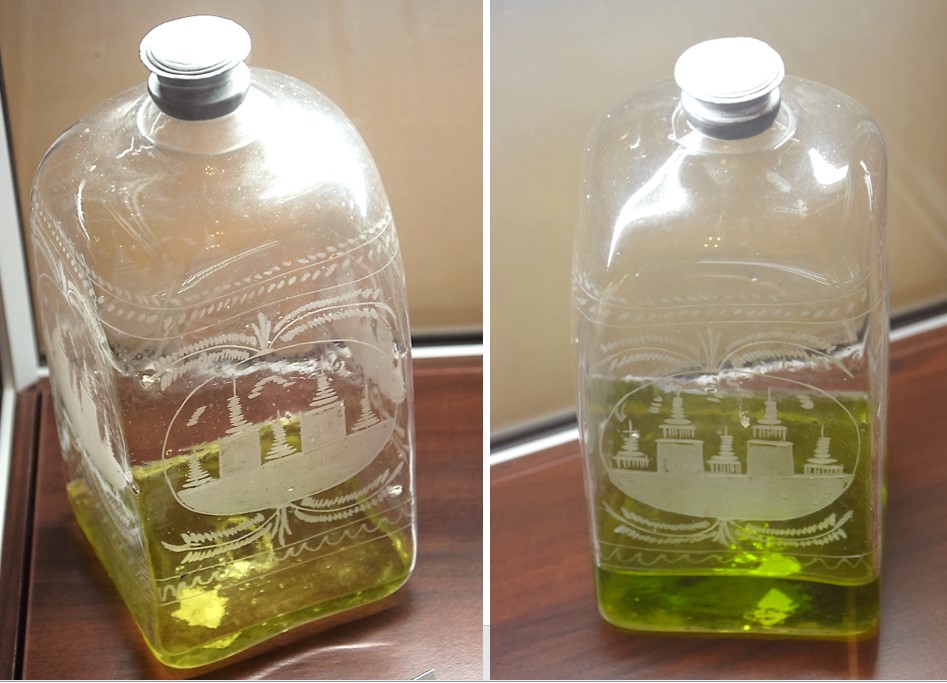
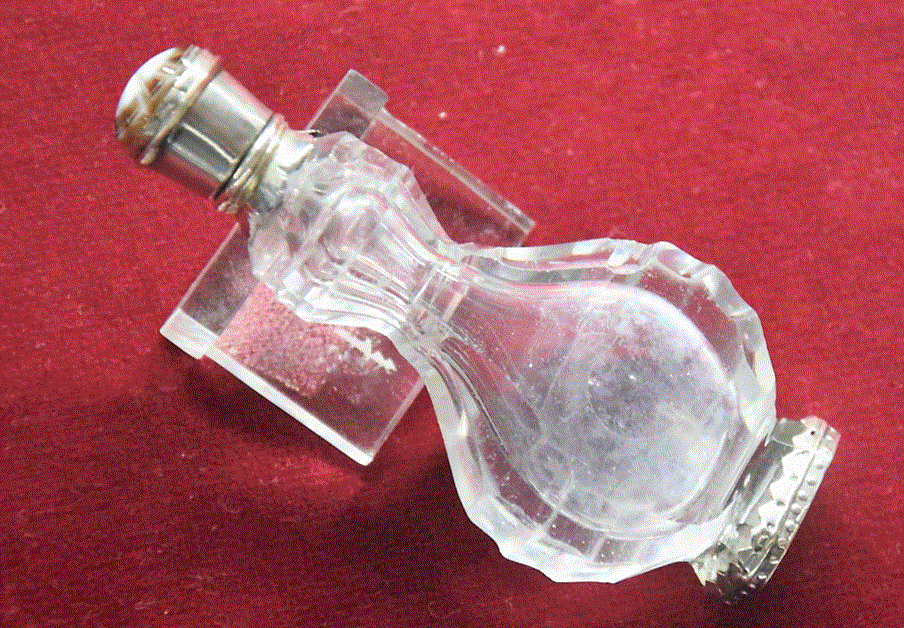
Flacon shaped as the Trajan’s Column, France, 1811-1815 / Perfume bottle, moulded goldstone, silver stopper, 1. half of 18th century, France
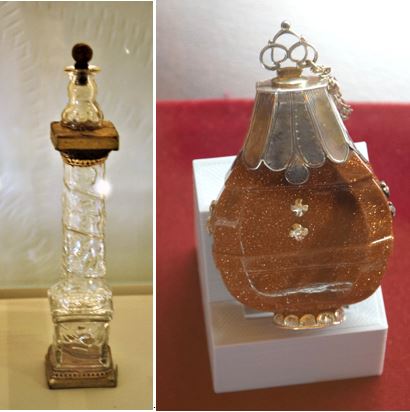
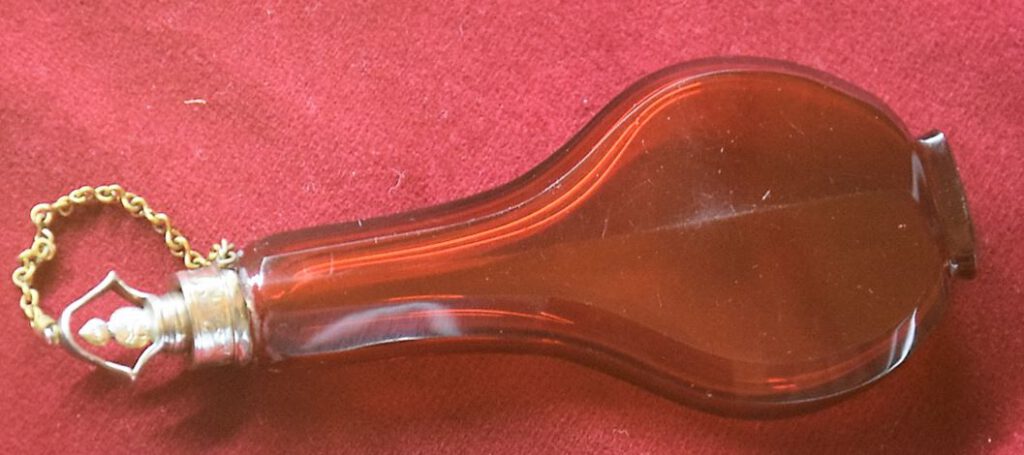
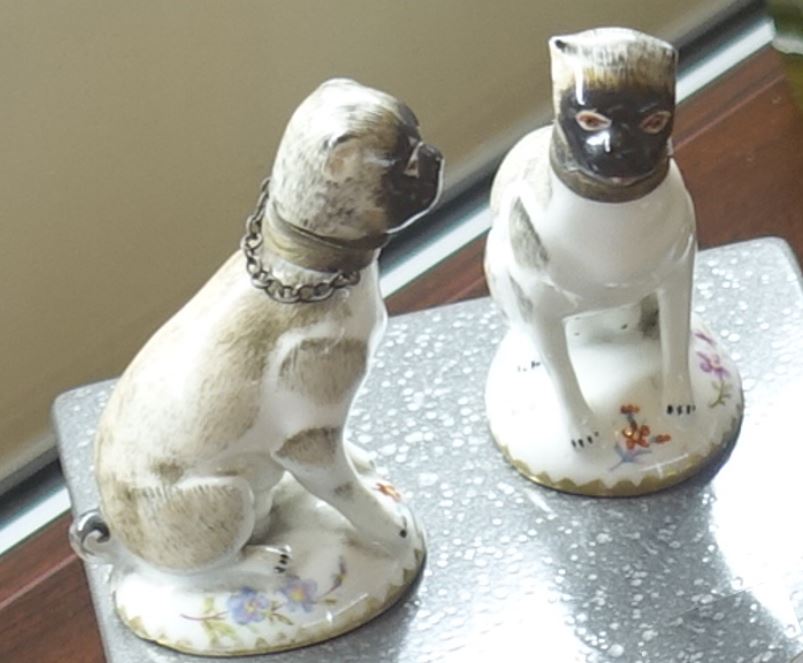
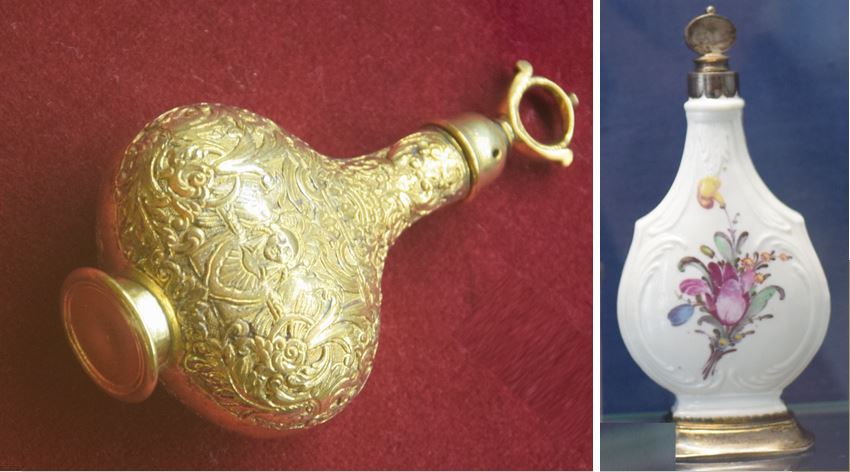
Related articles
Sources
La Promenade des parfums at Chateau de Chamerolles, Gallerand, 45170 Chilleurs-aux-Bois, France
Musée International de la Parfumerie, 2 Bd du Jeu de Ballon, 06130 Grasse, France
Bayerisches Nationalmuseum, Prinzregentenstraße 3, 80538 Munich, Germany
William Tullett: Smell in Eighteenth-Century England: A Social Sense, August 2019
Becky Little: Why Pilgrims Arriving in America Resisted Bathing, at: History.com (https://www.history.com/news/american-colonists-pilgrims-puritans-bathing), Nov 21, 2019
Article by Anna M. Thane, author of the novel
“Von tadellosem Ruf” (http://amzn.to/2TXvrez)
